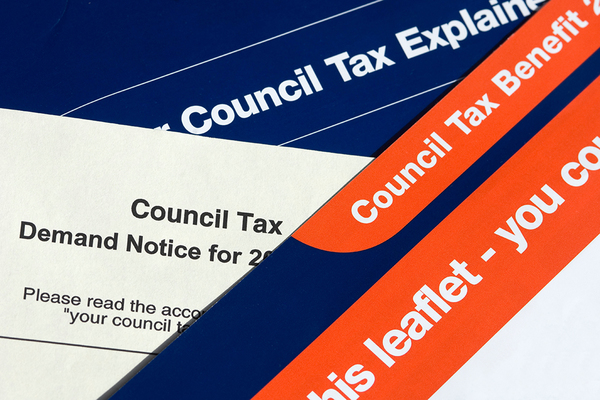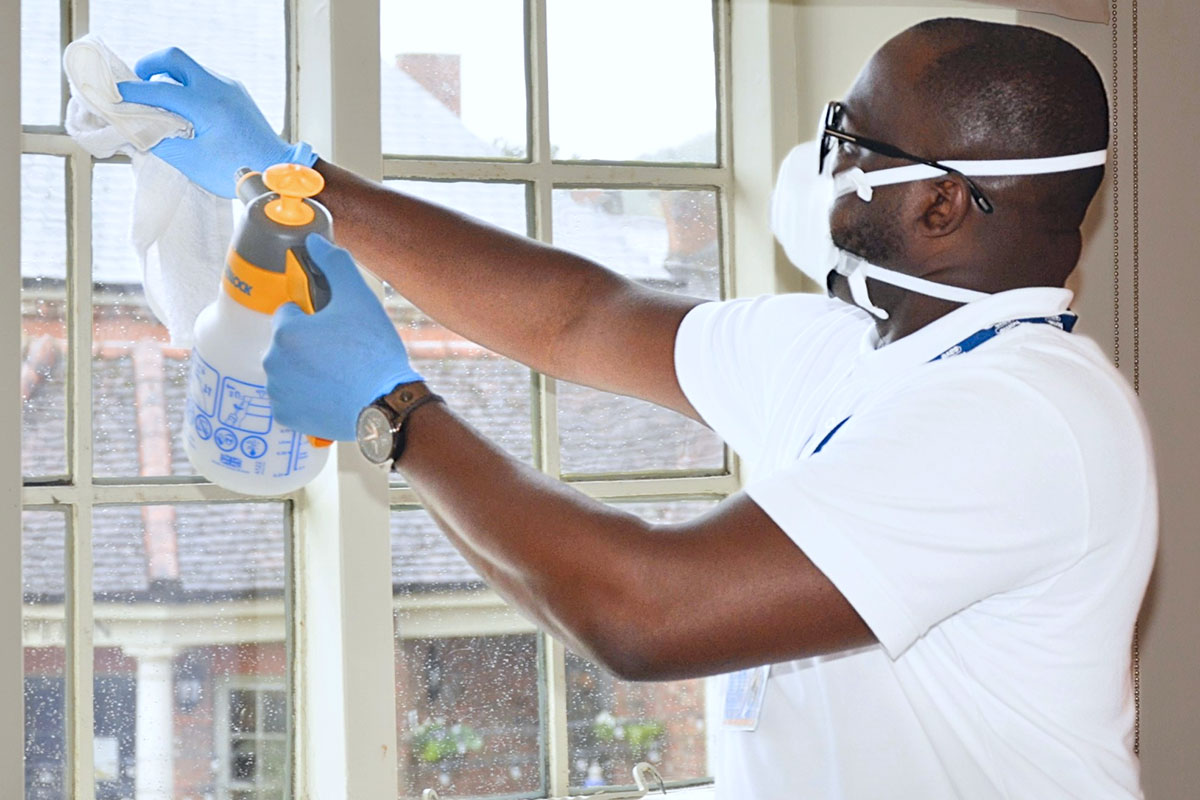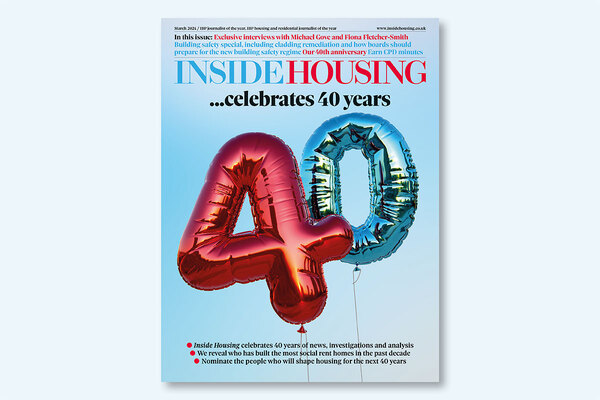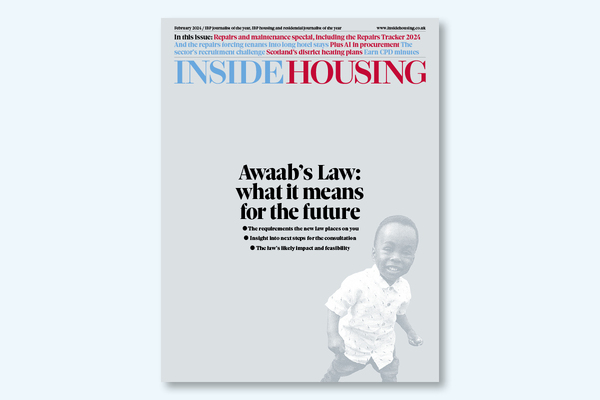Keeping options open
Martin Stubbs and Lewis Alcraft examine how councils can improve their council tax payment collection methods. Illustration by Alamy
In association with:

Martin Stubbs is assistant director of corporate services (revenue, benefits and payroll) at Bradford Metropolitan District Council, and has been collecting local taxes and other income for the council for 36 years.
Bradford Council
What are the major challenges the council faces about ensuring that council tax payments are paid on time?
There is general pressure on household income and council tax is usually a large bill that people must pay.
We are increasingly seeing taxpayers who struggle to prioritise debts and find themselves in situations of multiple debts both with us and other organisations. This makes it difficult for them to meet their monthly council tax payments and they then find themselves in an arrears situation that can steadily worsen.
Welfare reform has also brought challenges and support with paying council tax is now localised. In Bradford this means that working age taxpayers will pay at least 25% of their council tax bill. Low-income household sometimes find it difficult to ensure that their priority debts are paid.
What sort of initiatives are the council putting in place to ensure that residents can more easily make these types of payments?
Bradford Council is continuously reviewing its payment options to make it easier for its residents to pay council tax and other bills, but at the same time ensuring any payment channel’s transaction fee provides value for money.
We have been keen to encourage self-service payment channels. These provide the customer with more flexibility without increasing the burden on the council’s staffing resources.
We have introduced online payments, which is an easy-to-use solution and is available to the customer 24/7. The customer enters their reference number and the system returns their outstanding balance. Another self-service payment channel is the automated payment line. Again this solution is available 24/7 and once more the customer only requires their reference number to make a payment.
“Our changes have also led to a significant reduction in the number of payments the council has to administer manually.”
Bradford Council has also looked into ways to reduce the amount of cash it handles without removing cash as a payment option.
In 2013 the council restructured its cash handling services and this involved the closure of its five cash offices and the implementation of a barcoded bill solution. This initiative increased the number of locations that cash payments could be made from five to over 200 with more than 95% of citizens having a cash payment facility within 1km of their home, saving them time and travelling costs.
The council was keen to keep up with modern trends so we have recently introduced ‘Pingit’, which enables customers to pay using a smartphone or tablet using the Pingit app. The customer can pay by scanning a QR code on their council tax bill or paying online.
A significant minority of social housing tenants don’t have access to internet services to pay online. What is the council doing to help ensure those people aren’t left behind by the shift to online payment methods?
We recognise that Bradford Council’s customer base is both diverse and varied, so it recognises the importance of offering a variety of payment options including more traditional payment methods and channels that do not rely on internet access. These include direct debit, bank credits, cash at PayPoint outlets, sending cheques directly to the council and the automated telephone payment line.
What have been some of the results of your change in approach?
While increasing the options for customers, our changes have also led to a significant reduction in the number of payments the council has to administer manually; as customers move to our self-service payment channels the number of cash and cheque payments has fallen dramatically. This has reduced the cost of collecting money and meant that vital frontline services could be protected.
Lewis Alcraft is commercial director at PayPoint and has worked on the creation of innovative, cost-effective payment solutions for local authorities and housing associations for more than 10 years.
PayPoint
What advice would you give to councils which are looking to make improvements to the ways in which they collect payments such as council tax?
It’s important to start with your customers, taking into account what technology they use and what access they have to different payment methods. From there, you can consider the appropriate channels that you need to offer to service your customers effectively and efficiently.
We designed our multichannel payments solution, MultiPay, to flex to the different needs of customers in different areas of the country, offering the full range of app, online, interactive voice response, SMS and in-store payments.
Customers crave convenience for everyday payments and offering a choice of different channels increases the likelihood of first-time payment success and a reduction in collection costs.
Why is it important for local authorities to continue to offer physical locations where tenants can make cash payments?
Consumer behaviour studies during the past few years have shown that as a nation we are shopping more often and locally, with the expectation that you will be able to fulfil a range of tasks at a local store including paying a bill, picking up a parcel and doing some grocery shopping.
This trend is forecast to grow further, with the convenience channel benefitting from increased investment and focus from the largest brands, including Tesco, Sainsbury’s and The Co-operative.
Consumers value the convenience and control that in-store payment services provide and retailers continue to show interest in offering services that drive footfall, repeat visits and loyalty.
Additionally, in spite of stories at a national level heralding the demise of cash as a payment method, it is still the payment method of choice for a large proportion of the UK population.
“Customers crave convenience for everyday payments.”
According to recent data from the Association of Convenience Stores, nearly 80% of transactions in local stores were carried out in cash in the past 12 months.
It is clear that the use of cash is on the decline but it is not disappearing and shows no sign of the impending demise forecast by some commentators. According to UK Payments forecasts, debit card payments will only overtake cash payments in 2021 and, at this point, cash will still represent more than 13 billion payments made by consumers each year.
Although there are clear benefits to online payment methods, do you think the sector has possibly been too hasty in its move from face-to-face to digital?
The key is to offer choice to customers about how and when to pay, whether that be on their phone or in a store. The reality is that modern service organisations need to give customers the ability to pay via any channel, whether that be for council tax, rent or monthly bills.
Smartphone ownership is at 85% among UK adults and, even in C2DE socio-economic groups, the figure is still at 72%. It is right that the sector is investing in digital service provision as consumer adoption and expectation continues to grow rapidly.
Innovations and behavioural shifts will have a real impact on how the UK conducts payments, and there are several trends that will shape our payments future more than any others, including blockchain technology and near-field communications. Mobile is the key channel. Between now and 2020 we may well see an increasing emphasis on the mobile phone as the primary point of contact for payment and financial management.
Whether that is through branded apps with increased functionality from payment service providers or banks, or whether there emerges a single, aggregated app that takes on all aspects of finance and payment, the prominence of mobile will only increase.
With smartphone penetration highest in younger demographics, local authorities will have to adapt their offering to suit millennials as this age group enters the market.








